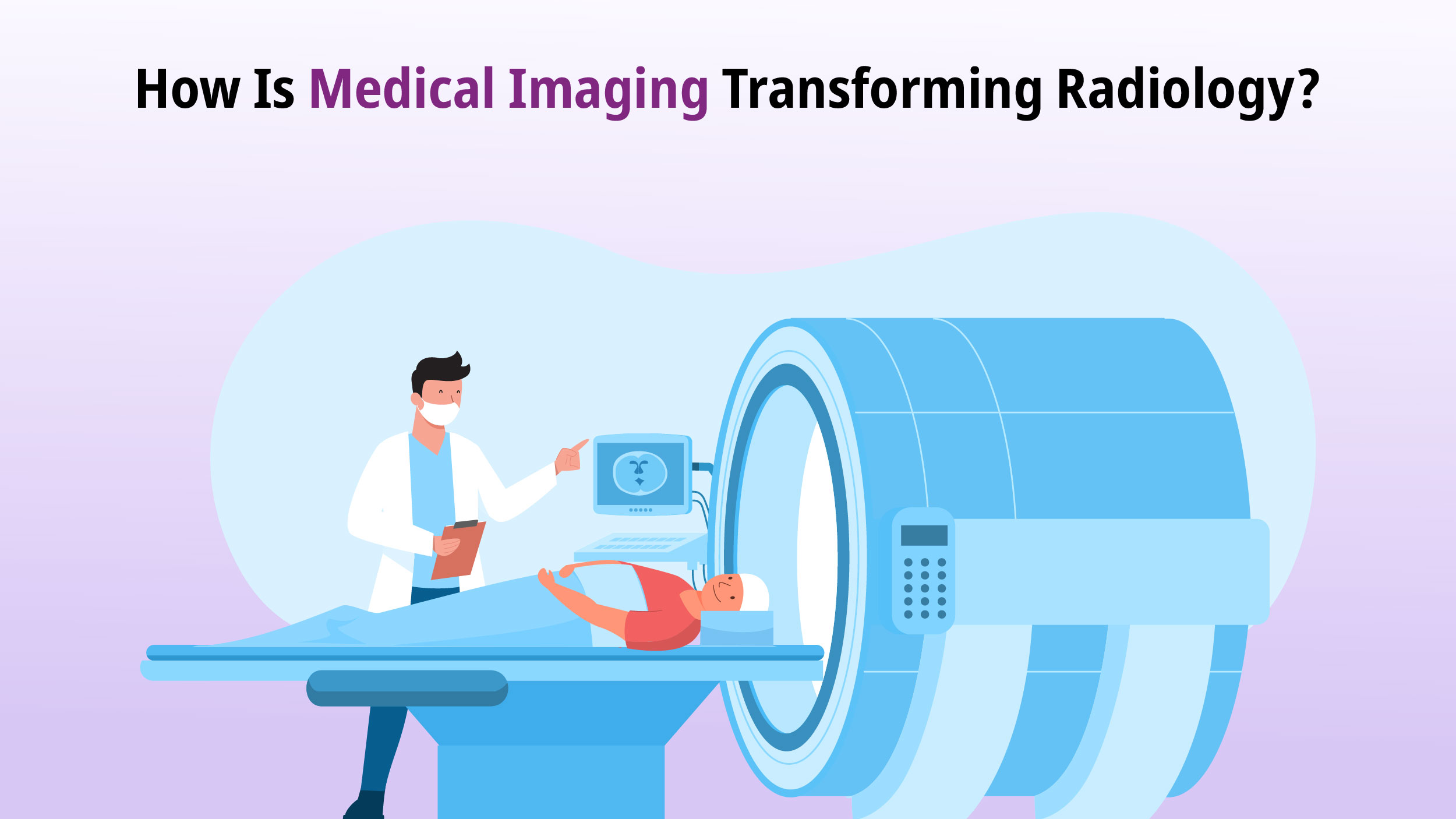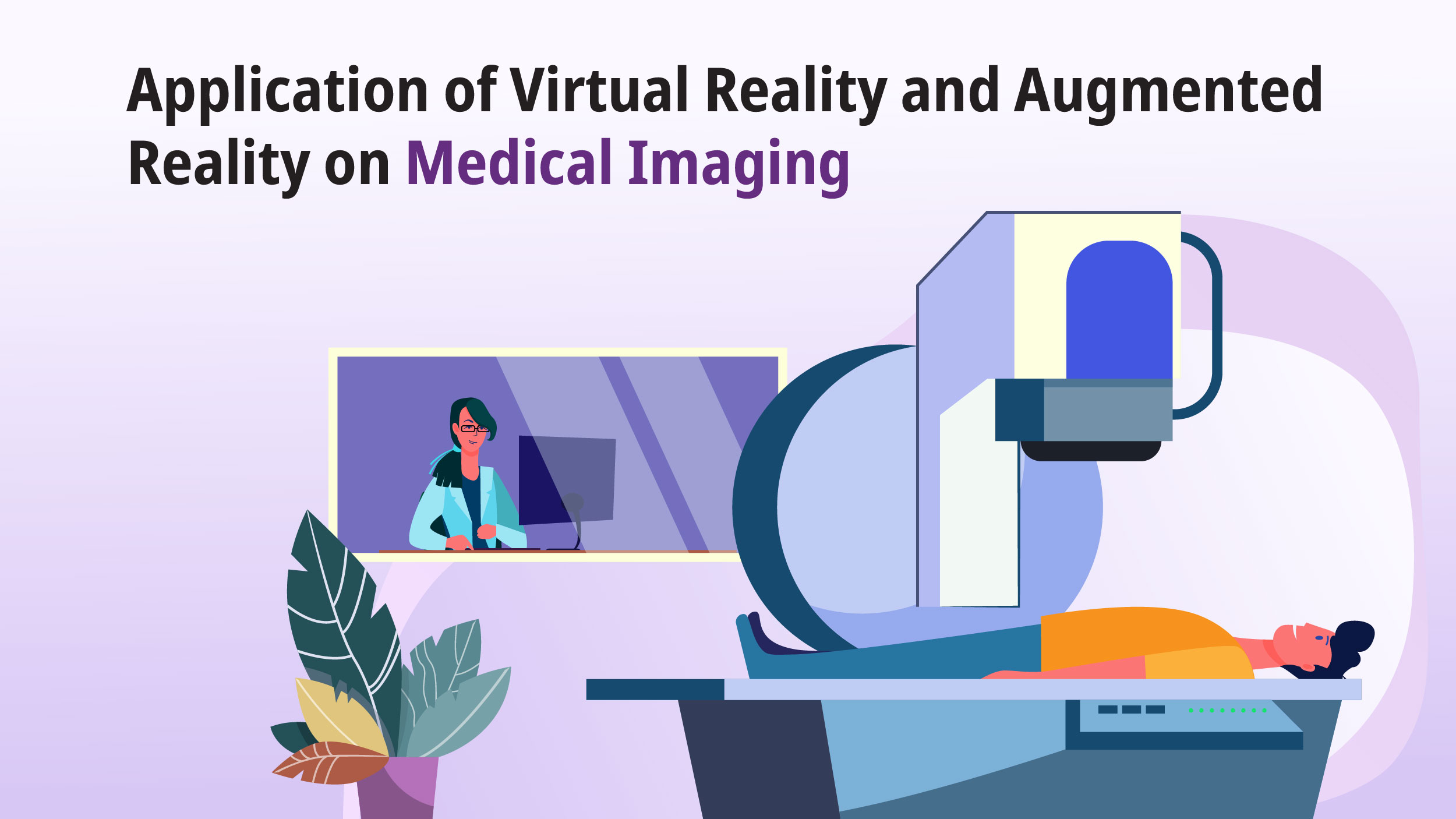Medical imaging, in simpler terms, is any form of technology used to view your human body for diagnostic purposes. This includes X-rays, MRIs, CT scans, etc. That being said, this industry is massive. By 2024, the global market for diagnostic imaging devices is forecast to generate $47.65 billion in sales. This article delves deeper into the topic, shedding light on some important questions related to this niche.
Why is Medical Imaging Important?
Medical imaging has advanced quickly to become an essential component of modern medicine, aiding in both disease detection and therapy. Nuclear medicine, computed tomography (CT) scans, mammography, x-rays, and ultrasound are examples of this technology.
At all major healthcare levels and in a multitude of medical situations, medical imaging is essential. Utilizing diagnostic imaging services is crucial for verifying, evaluating, and recording the progression of several illnesses and their reactions to therapy. Imaging equipment is beyond the financial means of many low- and lower-middle-income nations, and there is sometimes a scarcity of healthcare professionals qualified to operate it.
In order to create technological solutions for better diagnostic imaging services in remote areas, the WHO works with manufacturers and partners. Additionally, training courses on the administration and its use are offered by the WHO and its partners, with a focus on patient safety.
How Is Medical Imaging Transforming Radiology?

Medical imaging has come a long way, changing the face of radiology and patient care. Recent technology has made radiology and imaging more accurate, efficient, and accessible. AI and ML have been game changers, enabling radiologists to detect, quantify, and support decision-making. AI can process huge amounts of imaging data, improve diagnostic accuracy, and reduce errors. 3D imaging has given doctors new insights into patient health, improved visualization, and improved diagnosis.
The computing infrastructure in imaging has been rearchitected, resulting in ultrasound, MRI, and X-ray imaging advancements. AI-powered imaging is enabling doctors to deliver precise, efficient, and personalized diagnosis and treatment options. VR/AR is also changing radiology training and clinical practice. As the industry adopts these technologies, the medical industry’s future is huge for patient outcomes and radiology practice.
Also Read: Mobile Health Clinics: Medical Care on the Move!
Is Medical Imaging The Same As MRI?
MRIs and medical imaging are not the same thing. Nuclear medicine, CT scans, ultrasounds, X-rays, and other imaging methods are all included under the umbrella term “medical imaging.” On the other hand, MRI is a specialized imaging technique that produces finely detailed images of the body’s organs and tissues using radio waves and a strong magnetic field. MRI is a sort of imaging; however, it differs from other imaging techniques in terms of technology and applications.
What Is The Difference Between Medical Imaging And Radiography?
While there is similar terminology in the healthcare industry, radiography and imaging are different. A variety of tools and methods are used in imaging processes to produce images of the body for therapeutic and diagnostic reasons. It comprises nuclear medicine, CT, MRI, ultrasound, X-ray, and CT scan modalities. Healthcare practitioners can see inside structures, identify anomalies, and make treatment decisions with the help of these imaging techniques.
However, radiography particularly refers to the process of using X-rays to produce images of the body. Using X-ray equipment, radiographers—trained medical professionals—perform imaging scans to ensure both patient comfort and high-quality images. Broadly speaking, radiology includes both radiography and imaging. Radiologists are trained doctors who work in this field of medicine to interpret and analyze medical pictures. They support patient care, therapy monitoring, and illness diagnosis by offering diagnostic insights to other medical experts.
Application of Virtual Reality and Augmented Reality on Medical Imaging

Virtual reality (VR) and augmented reality (AR) have entered the world of imaging, and it’s exciting! VR means a fully immersive virtual environment, and AR means virtual elements in the real world. In imaging medically, these are being explored and applied in many ways.
One of the uses of VR and AR technology is in clinical treatment and radiology training. VR can provide a realistic and immersive environment for radiologists and other medical professionals to practice procedures and hone their skills in a safe and controlled space. It can also be used for pre-procedural planning, so healthcare providers can see and simulate complex procedures before they are done on patients.
AR can be used in many fields, and healthcare is one of them. With AR, hologram-like objects can be superimposed on a real-world background and provide additional information and guidance during procedures. AR can enhance medical images by overlaying them on the patient’s body to help with precise localization and targeting during interventions.
Use Cases of Medical Imaging
- Diagnosis: It helps detect and diagnose many conditions. Different types of imaging give us information about the body’s structures and functions, so we can identify abnormalities, tumors, fractures, infections, and other medical issues.
- Treatment Planning: Imaging is used for treatment planning and guidance. It allows us to see inside the body and target specific areas accurately. For example, in radiation therapy, imaging helps us determine the exact location and shape of tumors so we can deliver radiation precisely and minimize damage to healthy tissue.
- Interventional Procedures: It is used during minimally invasive procedures to guide instruments or devices. It provides real-time visualization, so we can navigate and perform procedures with precision. Examples are image-guided biopsies, catheter-based interventions, and image-guided surgeries.
- Monitoring Treatment Response: It is used to see how treatments are working and how the disease is progressing. By comparing images before and after treatment, we can evaluate the response to therapy (chemo or radiation) and adjust the treatment plan as needed.
- Preventive Care: It is used for preventive care by detecting and screening for certain conditions. Mammography is used for breast cancer screening; colonoscopy; and CT colonography for colorectal cancer screening.
Future Outlook
We may anticipate even more accurate and advanced imaging methods in the future, which will lead to better treatment planning, higher diagnostic precision, and better patient outcomes. Medical imaging is integrating emerging technologies like IoT, machine learning and artificial intelligence in healthcare to enable automated image processing, quicker interpretation, and individualized medicine.




